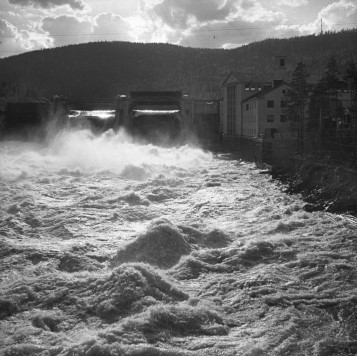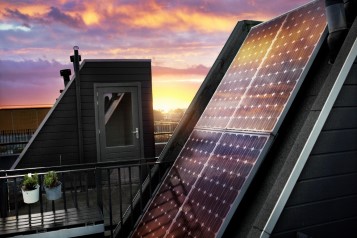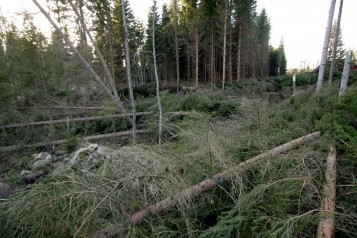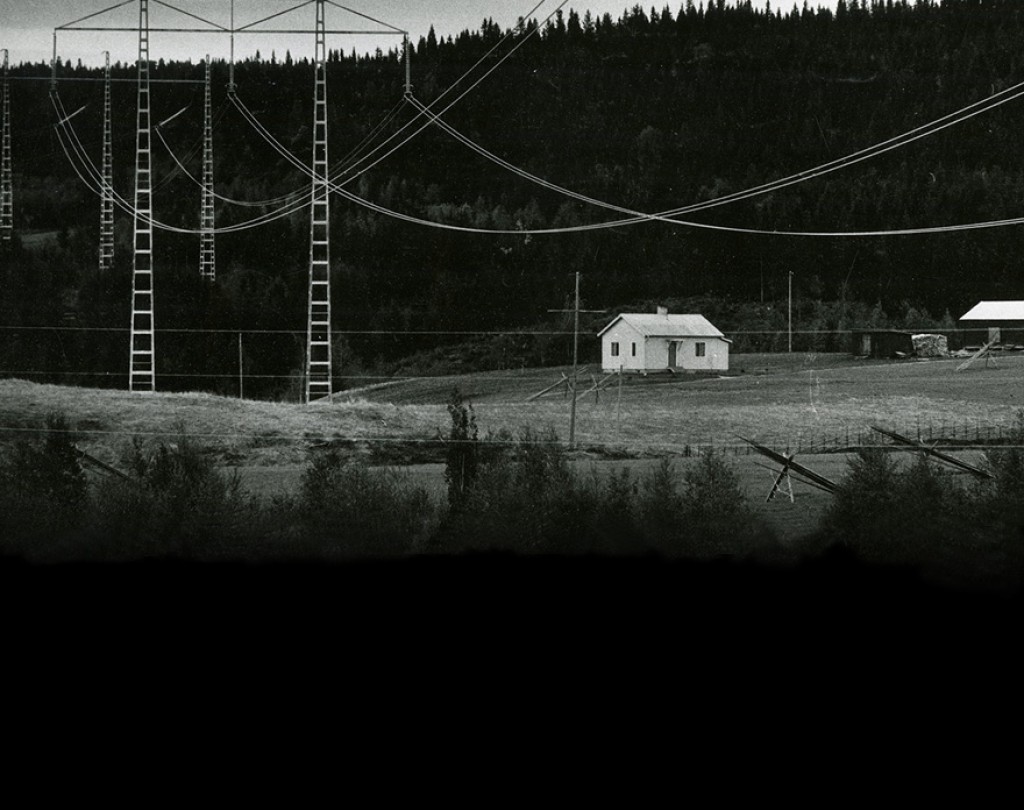
Role model for European deregulation
Swedish power companies, including Vattenfall, were initially negative towards a deregulated electricity market. But Vattenfall adapted quickly. When the Nordic market was finally deregulated, it became the model for other European countries.
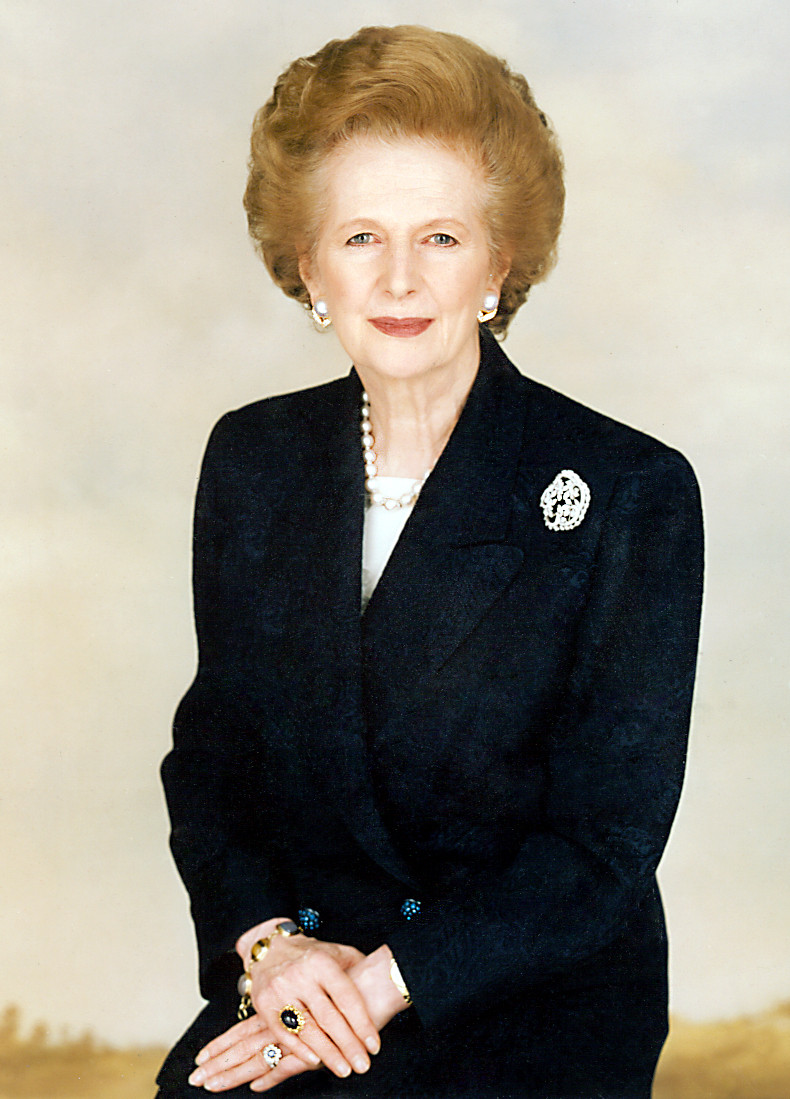
Margaret Thatcher, Prime Minister of the United Kingdom 1979-1990 and leader of the Conservative Party 1975-1990. Year: - | Place: - | Creator: Okänd | ID: VF000201
The pioneers in a deregulated energy market were England/Wales and Norway. In the UK, it was Prime Minister Thatcher who pushed development forward in the 1980s, mainly because deregulation was a prerequisite for privatisation. In Sweden, the 'English experiment' was studied carefully and planning commenced for deregulation.
However, the Swedish power industry was very satisfied with the way 'the Swedish system' worked. It was a system where private, municipal and state players cooperated and managed electricity production together. The facilities could, therefore, be exploited to optimum effect, as they thought. Nevertheless the management at Vattenfall could see which way the wind was blowing, and they decided to embrace the concept of deregulation at an early stage.
When Vattenfall was incorporated in 1992, the state also ensured the transmission grid was partitioned off as a separate public utility, Svenska Kraftnät. Thus preparations ensured that deregulation included a neutral transmission grid operator.

Svenska Kraftnät Logotype. Year: - | Place: - | Creator: Okänd | ID: VF000203
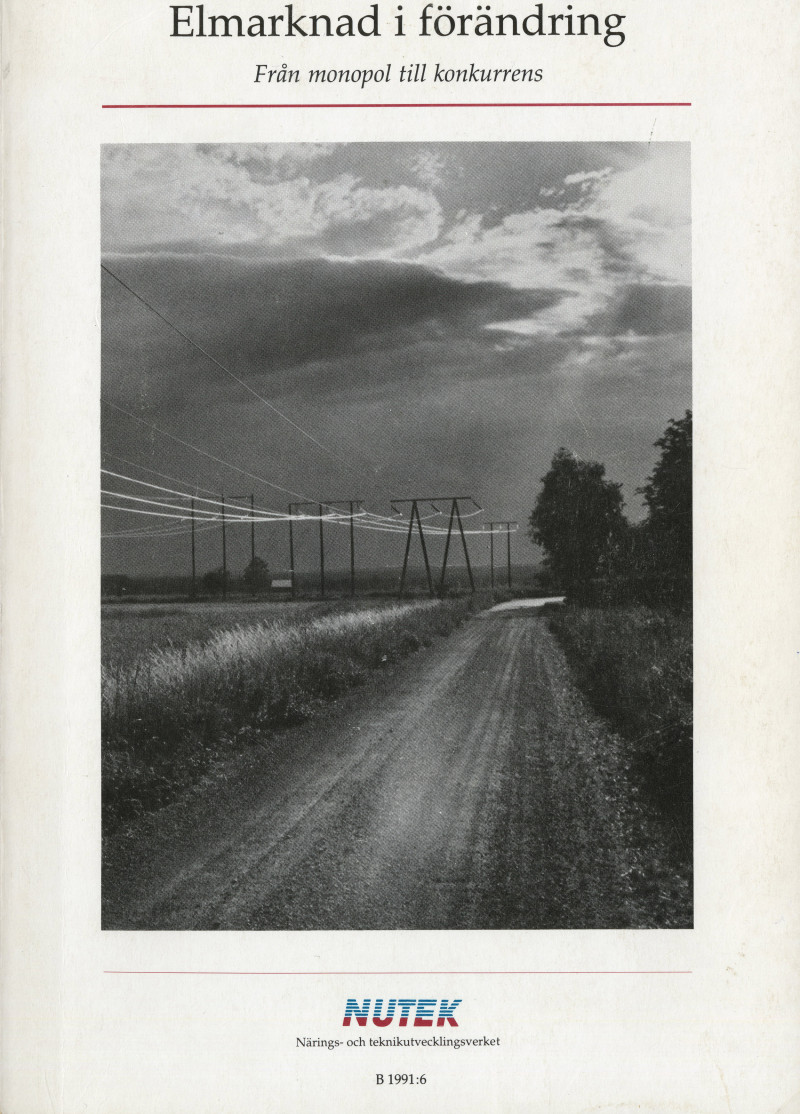
"Electricity Market in Transition. From monopoly to competiion." The cover of a report about monopoly and competition in the electricity market. Year: 1991 | Place: - | Creator: Okänd | ID: VF001002
The nature of deregulation in Sweden was described in more detail for the first time in NUTEK's report 'Elmarknad i förändring. Från monopol till konkurrens' (Electricity Market in Transition. From monopoly to competition) published in autumn 1991. This report became the basis for the government's bill on deregulation in March 1992.
The power industry wanted to move forward slowly
So far, there was a political consensus across party blocks regarding the direction of development. A number of expert committees were set up to examine, among other things, how an electricity exchange could be established. The power companies were firmly opposed to such an exchange – it would only increase the costs to society when production optimisation disappeared. Vattenfall and others stressed that progress towards deregulation ought to be slow. The best thing would be if the first step only opened up the market to multi-year power contracts.
Meanwhile, political tensions regarding deregulation started to spread. The Swedish Social Democrats changed their minds in spring 1993 and were now against deregulation. However, the government continued its preparations unabated.
The playing field changed after the election in 1994. The new Social Democratic government suspended the deregulation decision and appointed new committees to look at matters still considered unclear. These included the impact of deregulation of rural areas, the oligopoly situation in the Swedish market and how the decommissioning of nuclear power would be affected.
These committees, however, came to the conclusion that deregulation would not involve any major drawbacks. A year later than originally intended, 1 January 1996, deregulation was implemented.
The Nordic electricity market has since developed into a model from a European perspective, partly due to the physical spot market on which several large players, including Vattenfall, sell all their output via the NordPool Spot power market.
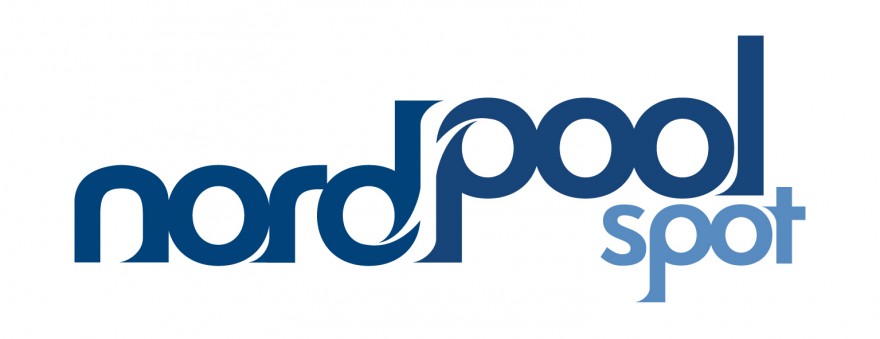
NordPool Spot logotype. Year: - | Place: - | Creator: Okänd | ID: VF000200

